Foiling Comes Full Circle in Return to San Francisco
Published on July 30th, 2015
by Michelle Slade, Marin Independent Journal
Three years ago, fans watching America’s Cup boats race along the City Front were treated to a sailing spectacle like none before: 72-foot racing multihulls literally flying across the bay lifted above the water by a foil system located beneath the hulls.
About the same time, world champion kiter Johnny Heineken was also “flying” around the bay albeit on something a whole lot smaller — a five-foot kiteboard also with a foil system attached beneath the board.
Heineken, 27, from Larkspur, was just one of a few local kiters foiling then — the expense of the foils and the skill required to maneuver a foil left the “wannabees” sitting it out waiting for the new discipline to become more mainstream. They didn’t have to wait long. This week, an international kite-foiling event with 70-plus competitors kicks off on the bay, proving just how popular the sport has become.
The event is the third stop of the 2015 KiteFoil GoldCup tour (July 30-Aug 2). Competitors will launch from Crissy Field and race along City Front, kites flying high while riders blast along some three to four feet above the water lifted by the hydrofoil beneath their boards. Heineken’s sister Erika, also a world champion kiter, is the top-ranked female in the tour, as well as Regatta Chair.
Erika’s a contender to win this year’s tour and excited to be sailing on her home turf with other Marin kite-foilers, most of whom will be competing in their first international kite event. “Johnny’s and my time has faded … bring in the new blood,” the 29-year old quipped.
Enter 15-year old Hadyn Fischer from nearby Mill Valley. As the youngest male competitor, the 10th grader has kited since age 8. In the past year he’s regularly competed in the Thursday night foil race series held at Crissy Field, organized by the St. Francis Yacht Club.
While the Gold Cup is his first international foil event, he recently participated in the Delta Board Meeting non-foiling competition where he took first in the downward slalom and second in the freestyle strapless surfboard events.
“The Thursday night races have been incredible training as they have pushed my limits,” said Fischer, a team rider for Axis and Live2Kite.
He says that tacking and gybing maneuvers are among the most challenging aspects of kite-foiling, the objective being to complete a maneuver while keeping the foil on a plane. Whether it’s an AC72 or a kite-foil, a successfully completed maneuver ensures time or energy is not wasted to getting the foil back on plane.
Nicolai Sponholtz, 19, from Sausalito, will also be competing in his first major kite-foiling event. An aspect of the sport he finds challenging is maintaining the foil at the right elevation.
“It’s tricky up and downwind but especially difficult on the downwinders because the board is just moving so fast — the crashes are spectacular because you’re falling from a height,” Sponholtz said.
Sponholtz, who will start as a freshman at Cal in late August, is currently working as a sailing instructor at the St. FYC. Together with his brother Sebastian and Fischer, he recently took a foiling clinic with Michael Gebhardt, a five-time Olympic windsurfer who helped the local kiters tune their gear and improve racing techniques like race strategy and kite control. “I’ve been trying to train after work every day and am spending as much time on the water practicing maneuvers and speed as possible,” Sponholtz said.
Kite-foiling is not a sport for the faint at heart, as Sponholtz describes.
“It can really be nerve-racking,” he said. “There’s always the danger of crashing and destroying gear, and with the shipping traffic right along Crissy Field, the last thing anybody wants to do is drop a kite in front of an oncoming vessel. Kiters can seriously hurt their shoulders or chest on a downwind crash, or slice open a foot if they accidentally kick the foil underwater.”
The right equipment for the job is key, especially foil choice says Fischer. A typical foil “mast” length is about 3 ½ feet and the objective is to keep it deep enough to minimize cavitation of the wings on the bottom of the foil. Throughout a racecourse the foil mast will ride up and down based on swell height, wind and current. Riding upwind the foil tends to stay deeper in the water with less than half the mast above water.
Two types of foils are available — high aspect foils are designed primarily for racing while low aspect foils are used for free riding and wave riding. The three main brands that will dominate the scene at this week’s event will be Sword, Spotz and F4. Fischer is currently riding a Sword 2, while Sponholtz will be on a Spotz 2 foil.
“It’s a pretty good foil upwind but it’s awesome downwind,” Sponholtz said. “It’s nice and stable, more so than many other foils I’ve ridden, so for me, it’s a perfect combo between speed and stability.”
Fischer will be racing on new kites, the Ozone R1 and Chrono, which has him on edge just a little, but mainly he says, the stoke factor is running high in the Fischer household, as his mom, dad and 11-year old sister are also kiters.
“Who could not be stoked for the Gold Cup and the world’s first-ever junior nationals?,” Fischer said.
Event details, tracking and web cams here.
Source: Marin Independent Journal


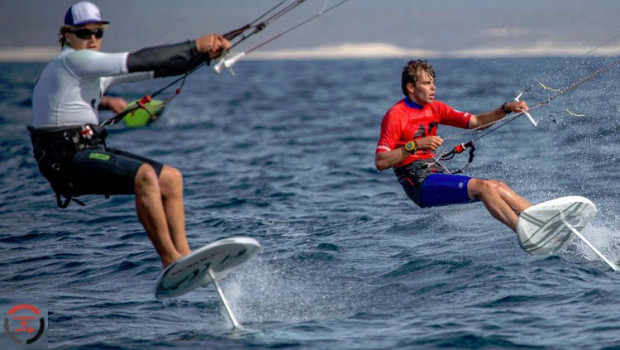


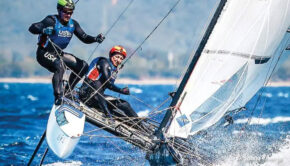
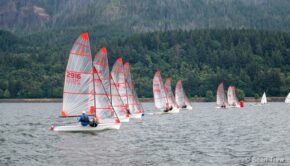
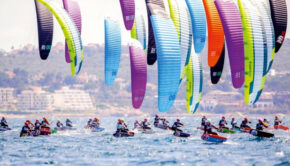
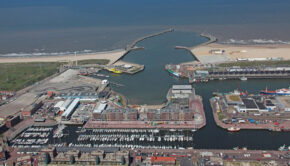
 We’ll keep your information safe.
We’ll keep your information safe.